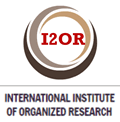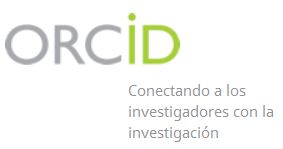Miasthenia gravis in pediatric age
Keywords:
myasthenia gravis, experimental autoimmune/complications, acetylcholine/adverse effects, child, hospitalized, muscle weakness, neuromuscular junctionAbstract
Background: Myasthenia gravis is an autoimmune disorder characterized by fluctuating muscle weakness and fatigue of different muscle groups, secondary to a synaptic transmission alteration caused by the blockade and destruction of the acetylcholine receptors in the neuromuscular junction.Objective: To establish the main features of myasthenia gravis in the Paediatric Hospital “Jose Luis Miranda” of Villa Clara during the last ten years.
Methods: It was made a review of 5 clinical histories of patients diagnosed with myasthenia gravis in the above mentioned medical institution.
Results: Our study includes five patients with the diagnosis of myasthenia gravis. Three of them had a generalized onset and the rest had an ocular onset. The diagnosis was made at very different ages from four to sixteen years old. Three children had thymus hyperplasia and two of them received surgical treatment after they were 9 years, nevertheless both of them had to continue with inmunosupressor treatment. The less successful case was the patient with the ocular myasthenia, which was the youngest one.
Conclusions: We consider that thymectomy should be indicated in children with generalized immunological myasthenia which do not improves with steroids or with ganmaglobulins. Thymectomy should be avoided in very young people avoiding this way the risk of immunodeficiency.
Downloads
Downloads
How to Cite
Issue
Section
License
Authors who have publications with this journal agree to the following terms:
- Authors will retain their copyright and assign to the journal the right of first publication of their work, which will simultaneously be subject to a Creative Commons License / Attribution-Noncommercial 4.0 International (CC BY-NC 4.0) that allows third parties to share the work as long as its author and first publication in this journal are indicated.
- Authors may adopt other non-exclusive license agreements for distribution of the published version of the work (e.g., depositing it in an institutional repository or publishing it in a monographic volume) as long as the initial publication in this journal is indicated.
- Authors are allowed and encouraged to disseminate their work through the Internet (e.g., in institutional telematic archives or on their web page) before and during the submission process, which can produce interesting exchanges and increase citations of the published work. (See The effect of open access).





 december 15 2025
december 15 2025


